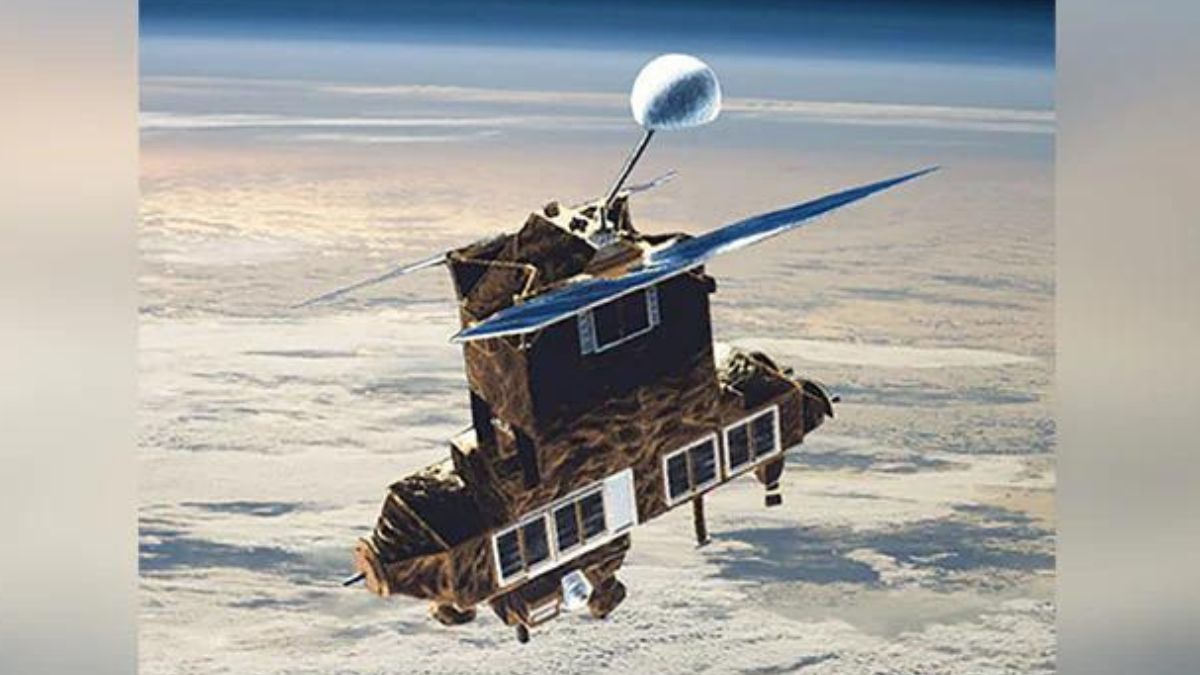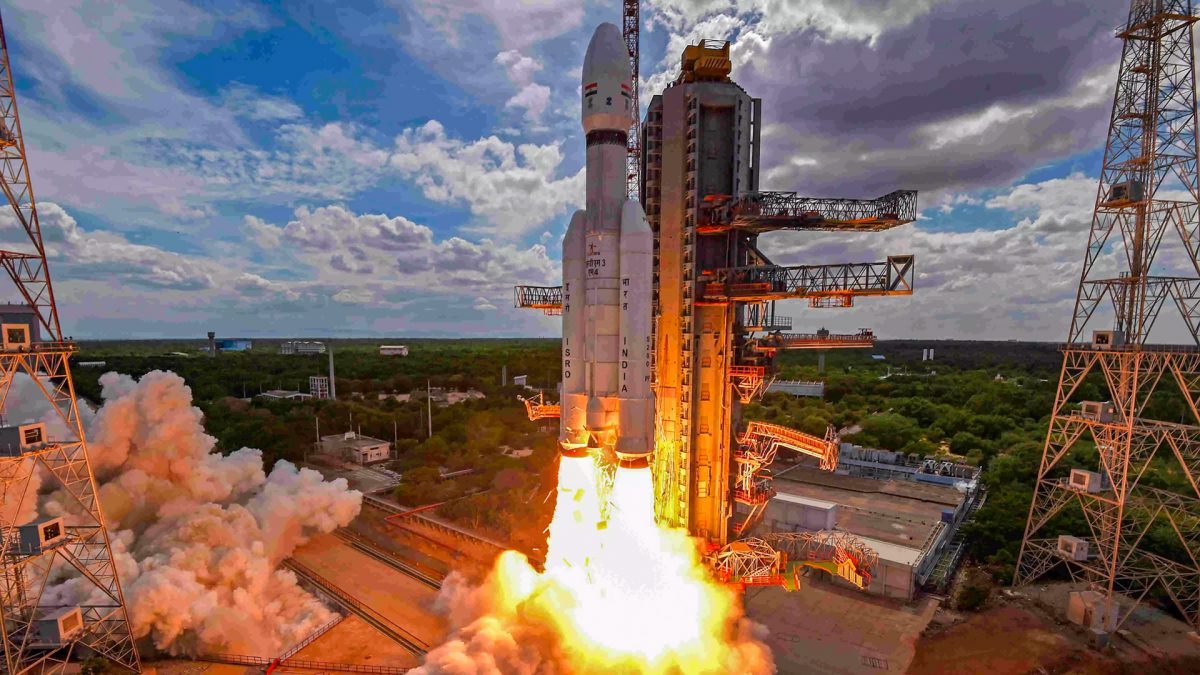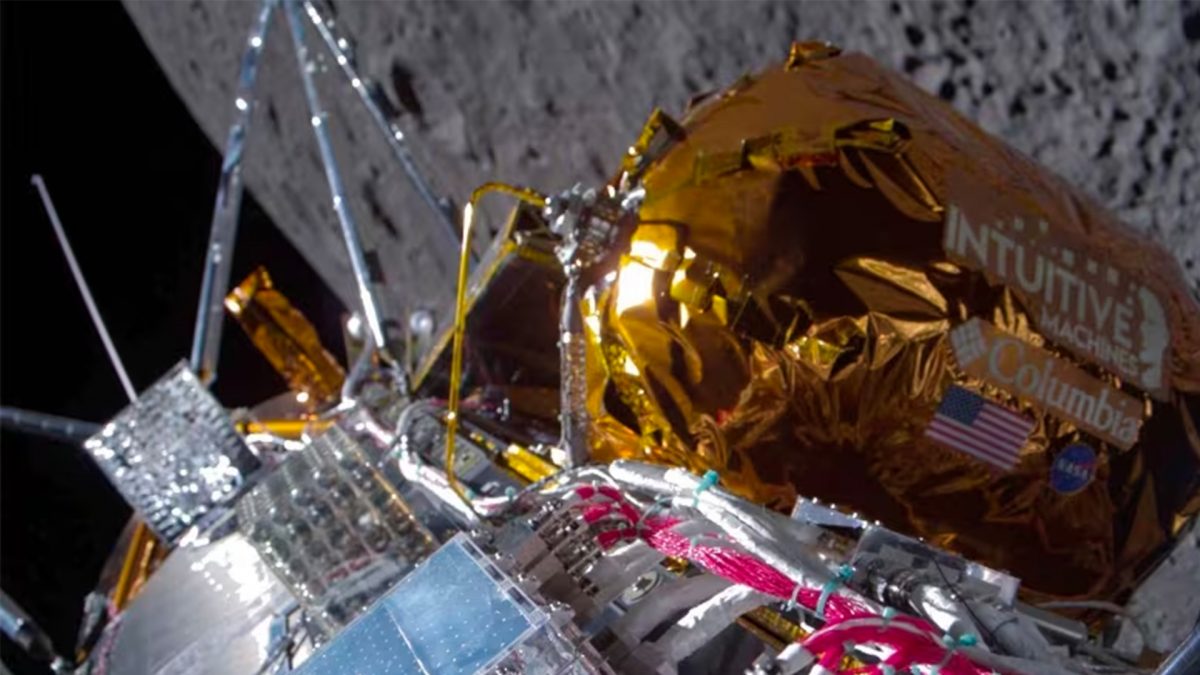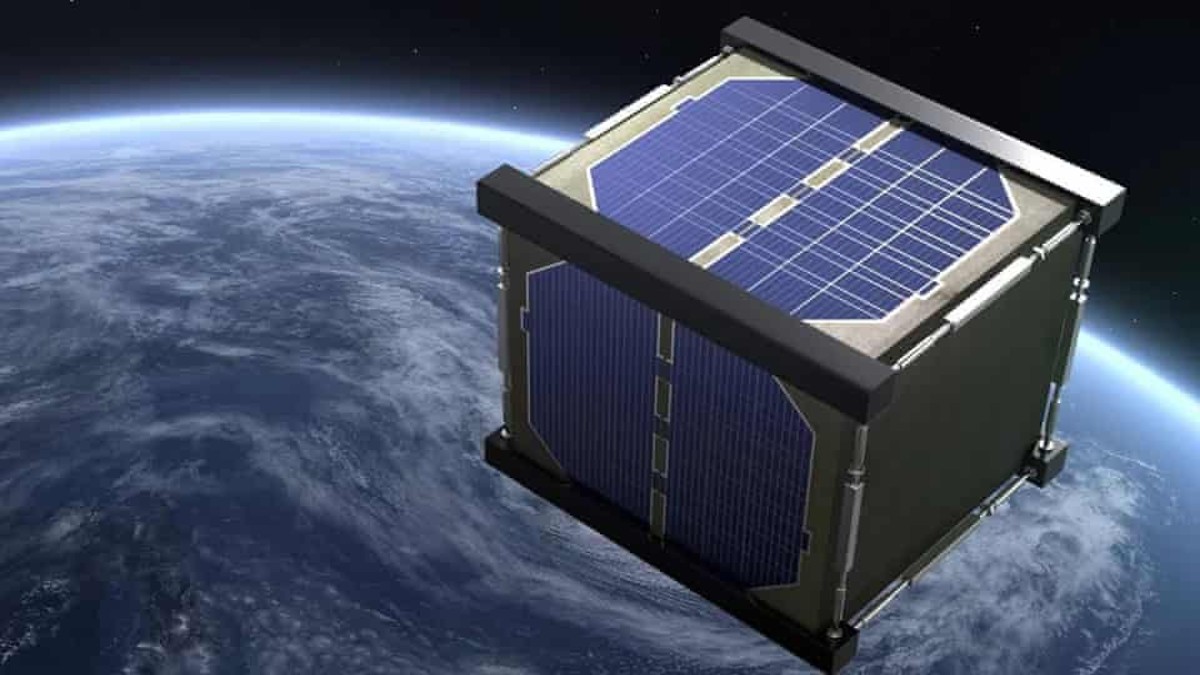Indian Space Research Organisation (Isro) has done it again.
In typically ingenious manner, India’s space agency has built a satellite at 60 percent of the actual cost and in one-third of the expected time. The cyclone-predicting satellite, called ScatSat-1, being built by Isro scientists at the Space Applications Centre (SAC) in Ahmedabad according to a report by The Indian Express.
How is a satellite so massive being built at such a substantially reduced cost? By recycling.
The 310-kg satellite was built using ’leftover’ parts from previous satellite missions.
“Normally, it takes about three years to build a satellite of this class from scratch. However, as we have sourced 40 percent of the parts used in ScatSat-1 from spares of previous missions, we will complete it in a year’s time,” said Tapan Misra, director of the SAC, was quoted as saying by The Indian Express .
In fact, the cost of the entire project will be further reduced because the ScatSat-1 will be launched piggy-backing with another satellite, saving launch expenditure, continues the report.
The purpose of this new satellite, as reported by another Indian Express story back in 2015, is to predict the genesis of cyclones in the oceans. ScatSat-1 is expected to take over some of the functions of OCEANSAT-2, a satellite that had accurately predicted cyclone Phailin in Orissa coast in October 2013.
Of course this isn’t the first time that Isro has proved that it’s ability to be extremely economical. In 2014, India scripted space history when it successfully placed Mangalyaan, the low-cost Mars spacecraft in orbit around the Red Planet on its very first attempt, breaking into an elite club of three nations.
What set Mangalyaan apar t from other Mars missions conducted by global space agencies is how cost effective it is. At approximately $74 million, ISRO’s mission cost roughly a tenth of Nasa’s Mars mission Maven that successfully entered Mars orbit on Sunday. In fact, Prime Minister Narendra Modi famously said the Mangalyaan mission cost less than the Hollywood blockbuster Gravity, which is estimated to have cost about $100 million to produce.


)




)
)
)
)
)
)
)
)